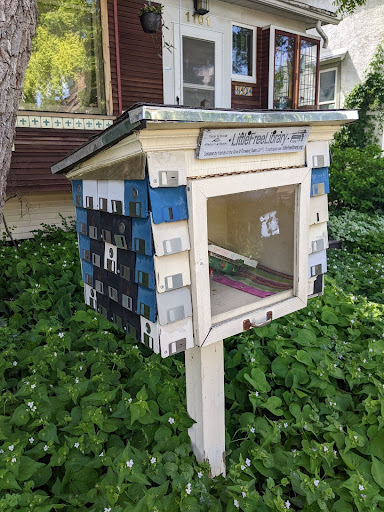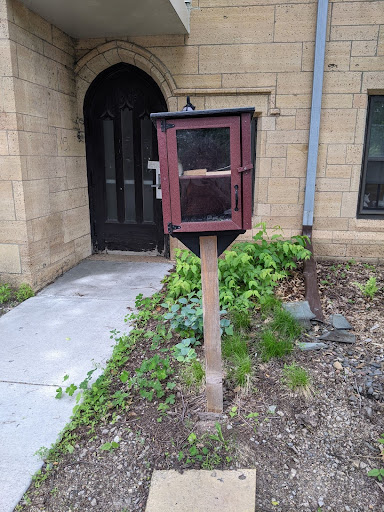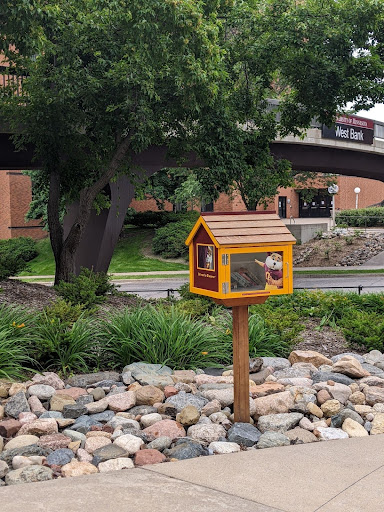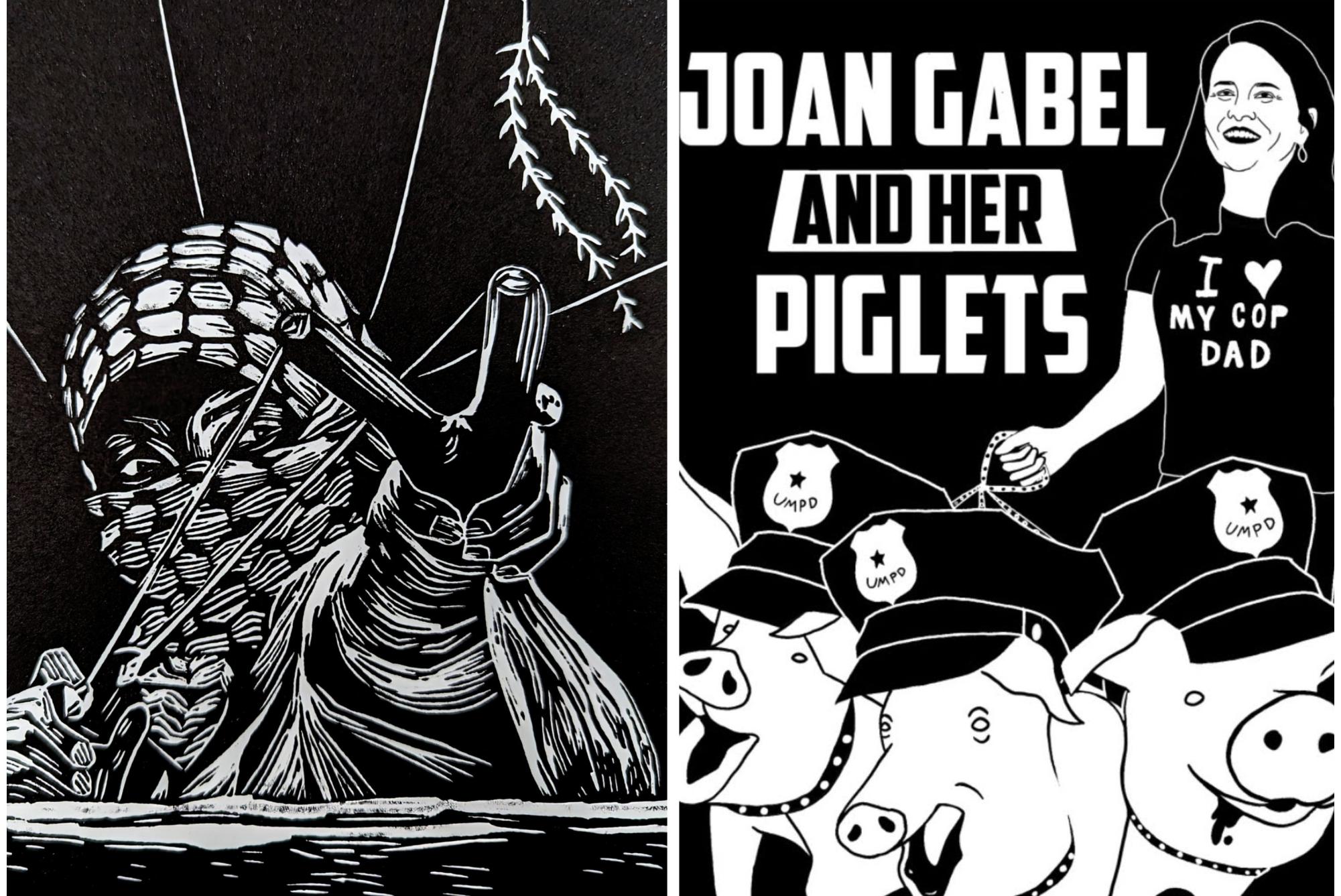The three-piece genre-fluid band Dial Tone rehearses in the basement of guitarist Cole Pivec’s house in the Linden Hills neighborhood of southwest Minneapolis.
It is a setting natural to any college band. A flight of stairs curls downward into a mostly-finished space crowded with workout gear. Acoustic guitars lounge on the couch and a keyboard sits in the corner. A cajón, a box-shaped drum that can be played while sitting on it, serves as a stool for the keyboard and an instrument.
The band, made up of fourth-year University of Minnesota honors students Pivec, Daisy Forester and Henning Hanson, had just reunited after spending six months apart studying abroad last semester.
Still, they said it felt like they had not missed a beat.
“Coming home now, it feels like we’re caught up, you know?” Pivec said.
Just before going on hiatus, Dial Tone released their first full-length album, self-titled and entirely self-produced. It is a 13-track concept album tracing the sonic history of Minneapolis, something they said contributes to their goal of making “authentic music.”
“(That concept) was really helpful as we were developing our own sound,” Forester said. “How we wanted to pay homage to the city while bringing our own twist and flavor to it.”
At this basement rehearsal on a rainy July 4, the band was preparing for the debut of their newest direction: a stripped-back EP titled “Time For A Living.”
The release party is set for July 12 at Green Room on Girard Avenue in Uptown, a venue Forester said she grew up two blocks away from, another example of just how steeped Dial Tone is in this city.
“We wanted to challenge ourselves to broaden our horizons and push ourselves in every facet that surrounds music,” Pivec said about the EP. “We get to reimagine some of these songs and shine a new light on them that we haven’t been able to do in the past.”
The EP’s title is drawn from the album’s ninth track, an upbeat indie rock song evocative of Twin Cities pop-rock band Hippo Campus (whose song “Suicide Saturday” they cover on the EP).
The song “Time For A Living” is a young person’s anthem. It speaks of concurrent optimism and cynicism that characterizes our time; of feeling like you are starting to figure out who you are, but you still have no idea who that person is, all the while having friends around you experiencing the same thing.
“We learn to bark, we got no bite / But we rage, rage, rage against the dying of the light,” Forester sings. The lyrics reference the Dylan Thomas poem, “Do not go gentle into that good night.”
Watching them rehearse the acoustic version felt like magic being conjured right before my eyes. Dial Tone’s music taps into that special energy between the three friends that ties them together — a blending and balancing of histories and personalities that remind everyone of who they are.
The strong friendship in their music reminds me of Paramore, another female-fronted three-person outfit built on lifelong friendships formed during the members’ youth. Dial Tone was flattered by the comparison.
“Something that has helped us do all of the things we’re trying to accomplish is the fact that the relationship came first and the music came after,” Hanson said.
The keyword to Dial Tone’s musical ethos is authenticity — they make the music they want to make, do not over-execute production to get a point across and intentionally avoid falling into niches within the scene.
“The competition that builds up in niches gets in the way of authenticity and having fun,” Forester said.
It is important to note Dial Tone’s youth. As university students, they started writing their album in January 2023 and spent the time between the release of their album and their EP a world apart from each other. They said the creative opportunities for their future are endless.
“I think we realized through this process that Dial Tone can be a lot more than just a punk rock band that plays house shows,” Pivec said.
Past the stairs in Pivec’s basement is the band’s electric set-up. I left them just as they were practicing their song “D.I.Y. (Interlude).” Standing on the front stoop waiting for my ride home, I could hear the dulled music of a future EP rumbling beneath the house.




